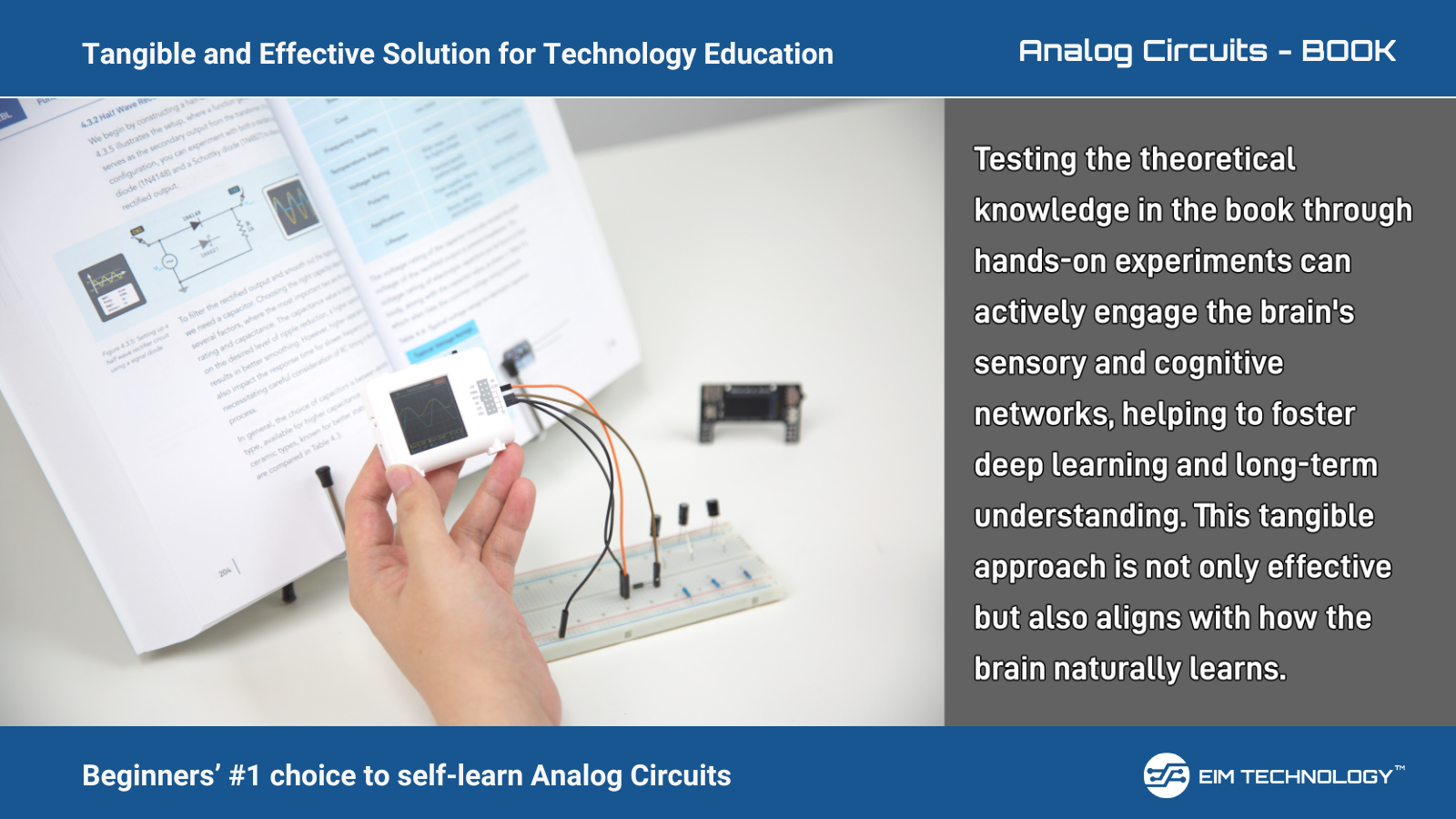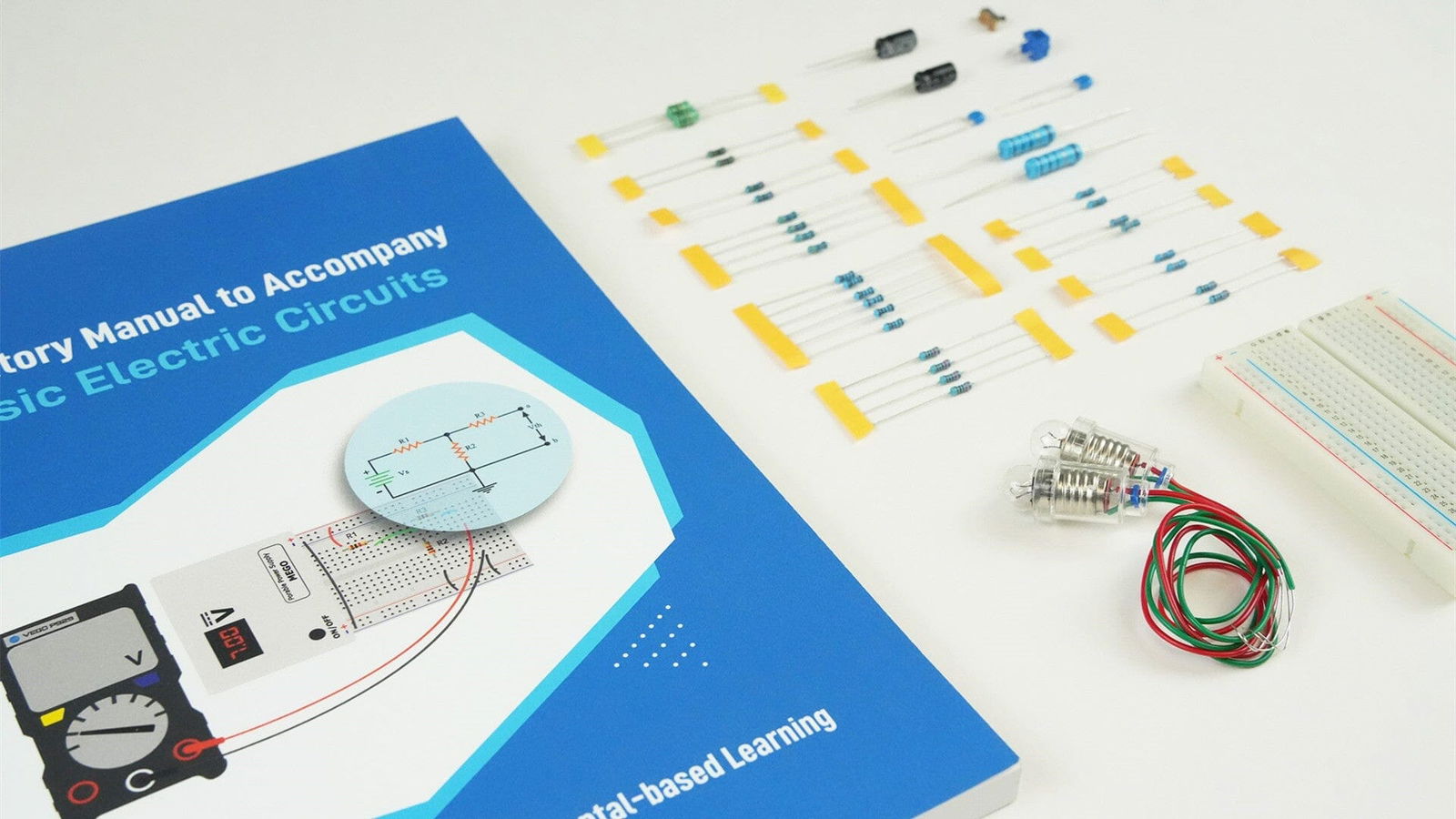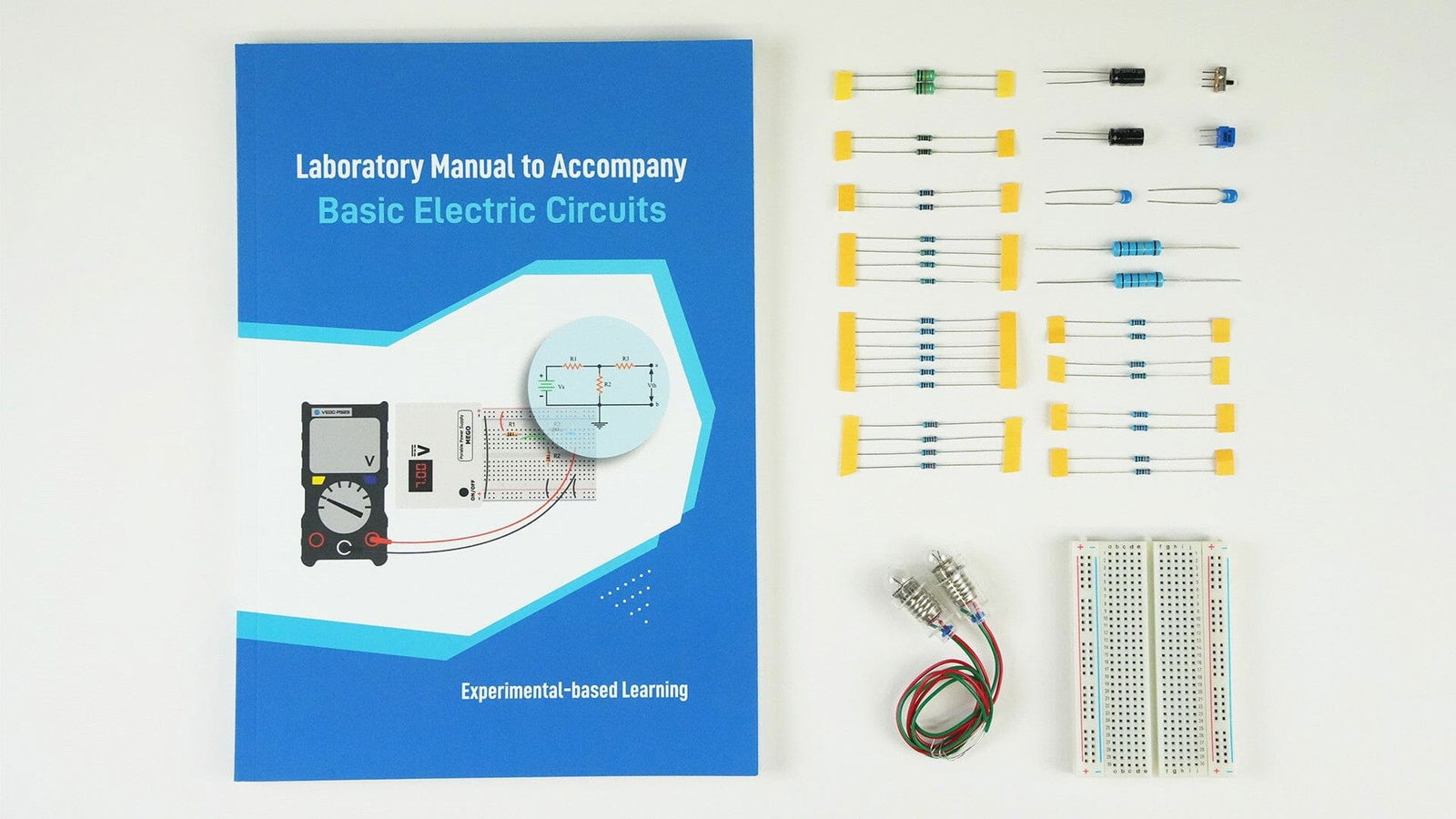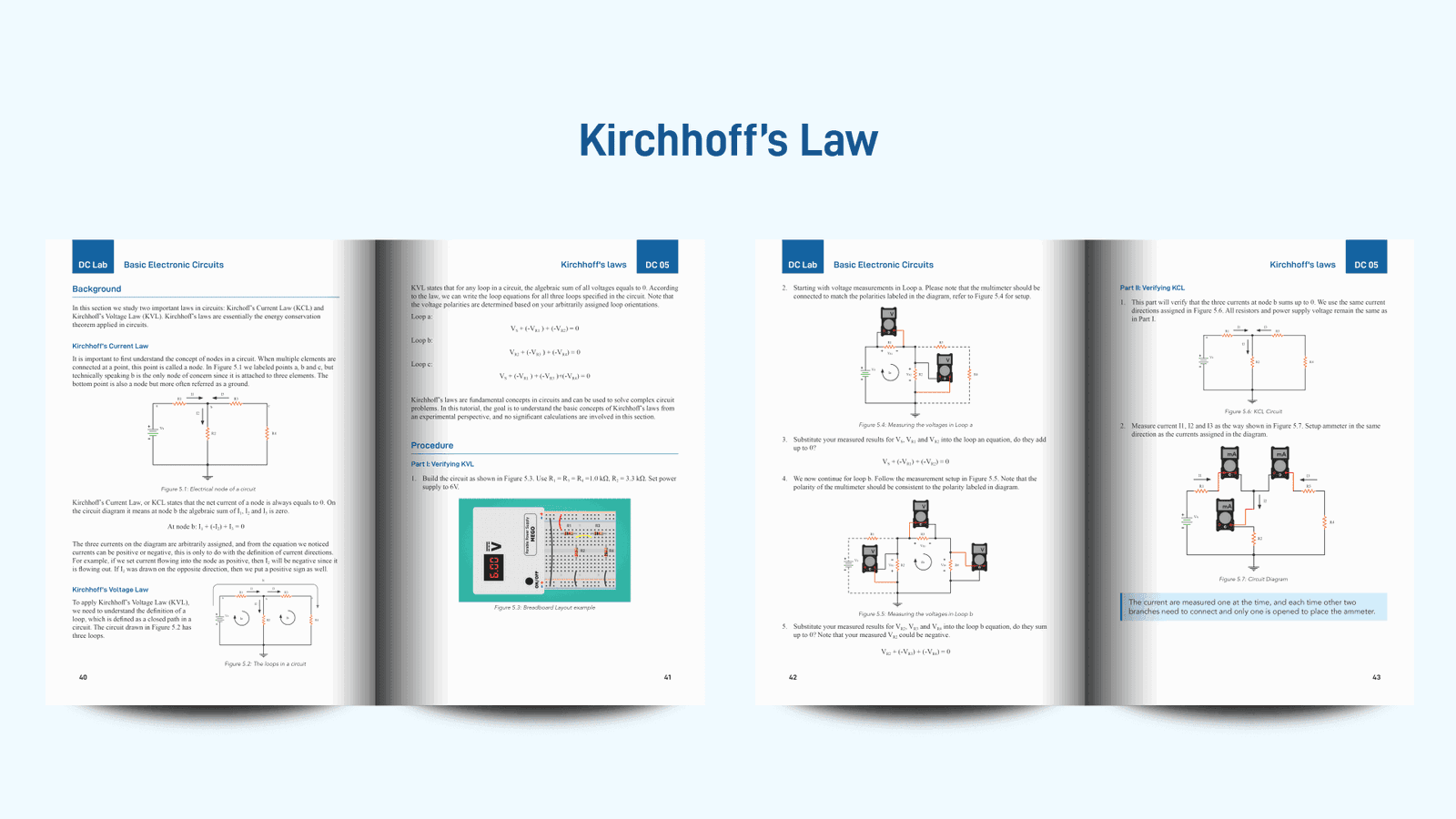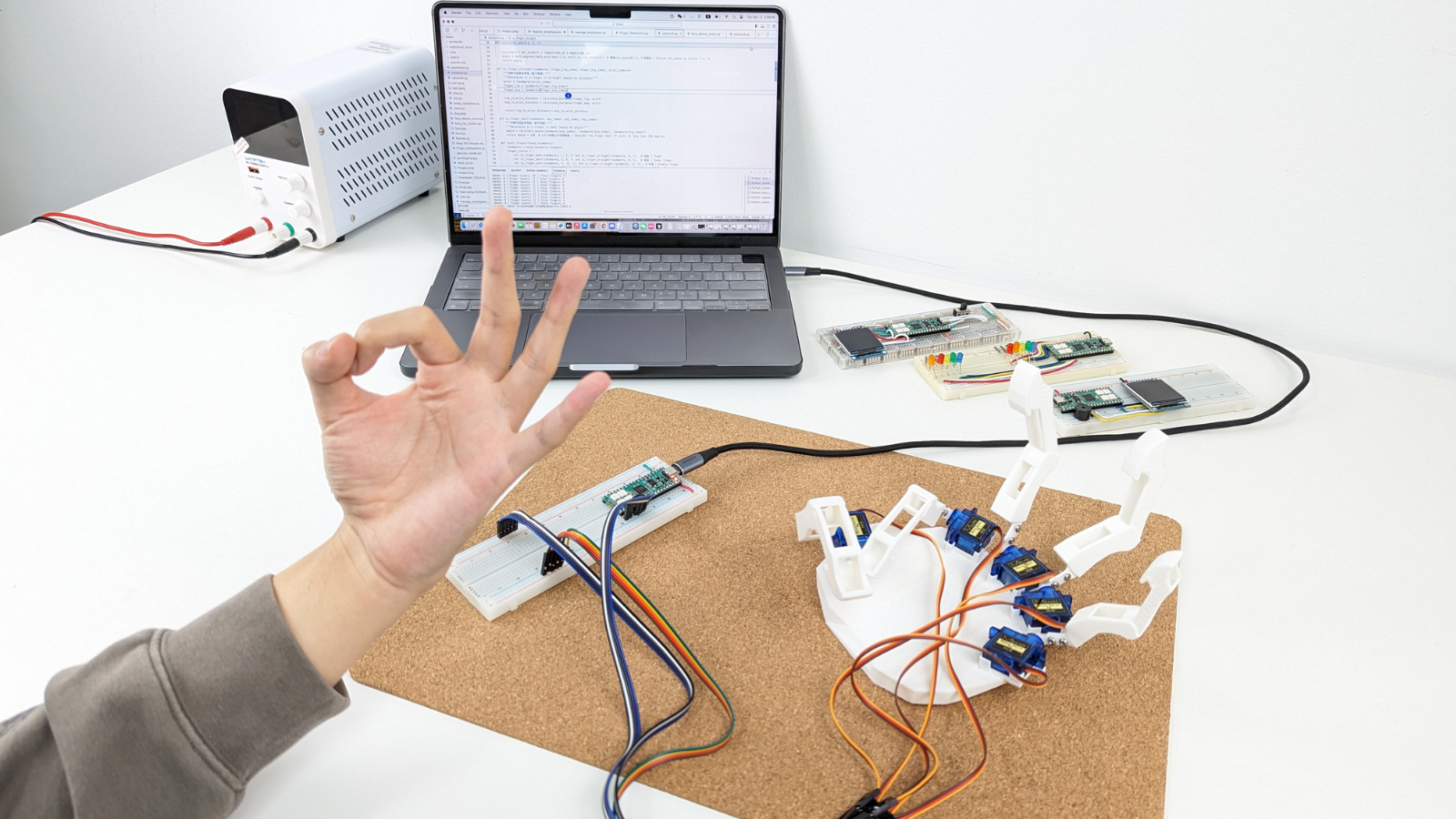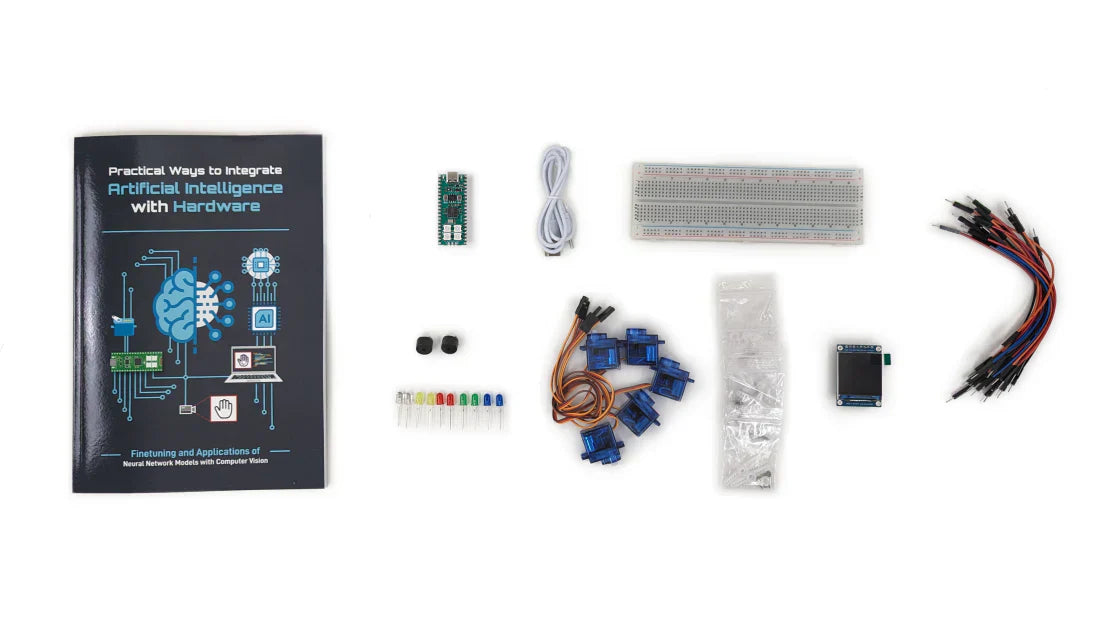What is a LDR or Light Dependent Resistor
An LDR or Light Dependent Resistor, is a type of resistor whose resistance varies with the amount of light it is exposed to. It is also called a photoresistor. The resistance of an LDR decreases as the intensity of light falling on it increases, making it useful for detecting light levels in various applications.

Photoresistor Behavior: A photoresistor, or light-dependent resistor (LDR), changes its resistance based on the intensity of light falling on it. In bright light, the resistance decreases, while in darkness, the resistance increases.
LDR is also known as Photo resistor as its resistance varies with variation of photons or light falling on it.
LDR are mostly made by using a cadmium sulfide (CdS) which is a semiconductor material. As seen in the image below, LDR is a two-terminal device with zig-zag trails from one end to another. It has an isolation layer above below there is CdS.

Material: Usually made from cadmium sulfide (CdS) or other light-sensitive materials.
Resistance Range: In darkness, an LDR has high resistance (in the megaohms range), and in bright light, its resistance drops significantly (in the kiloohms or even lower range).
In dark, the resistance of LDR is very high in range of MΩ and it gradually decreases when it is exposed to light. The LDR symbol and its pictorial relationship with light and resistance is shown below.
Components Needed for Light Detector Circuit or Darkness Detector Circuit

Circuit Diagram of Light Detector Circuit or Darkness Detector Circuit

Breadboard Circuit Layout of Light Detector Circuit or Darkness Detector Circuit

Working of the Light Detector Circuit or Darkness Detector Circuit
The circuit of light detector is very simple and easy to build and requires very less components like resistors, a transistor, and LED.
As you can see in the LDR circuit diagram, it can be a distinguished as two smaller circuits;
a) Voltage divider made using LDR (LDR1) and a Potentiometer (RV1)
b) Output (LED D1) in our switching circuit made using a transistor
a) Voltage Divider: In the circuit, the photoresistor is connected in series with a fixed resistor to create a voltage divider. The voltage across the photoresistor changes proportionally with the amount of light falling on it.
A voltage divider is a simple circuit used to reduce the voltage from a source to a lower value. It is typically made using two resistors (or other passive components like capacitors or inductors) connected in series across a voltage supply.
Formula for voltage divider:
The output voltage Vout in a voltage divider can be calculated using the formula:

Where:
- Vin is the input voltage from the power source.
- R1 and R2 are the resistances of the two resistors.
- Vout is the output voltage.
So, the voltage divider is used for
- Adjusting signal levels: Used in analog circuits to lower signal voltages.
- Sensor interfacing: Often used with sensors like LDRs, where the sensor’s resistance changes based on environmental factors (light, temperature), allowing variable voltage output.
- Biasing components: Used to bias the base of transistors or other electronic components.
b) Switching Circuit for LED Control: An LED is connected to the output of the circuit. As can be seen in the video below, when the resistance of the photoresistor decreases (bright light), the voltage across it decreases, causing the voltage at the junction of the photoresistor and the fixed resistor to decrease as well. This makes the voltage across the LED drop below the threshold needed to illuminate it, effectively turning off the LED.
A simple transistor switching ON/OFF circuit to switch ON/OFF the LED.
As we know BC547 transistor switched ON when its base to emitter voltage ≥0.7 V and will be OFF if <0.7 V.






